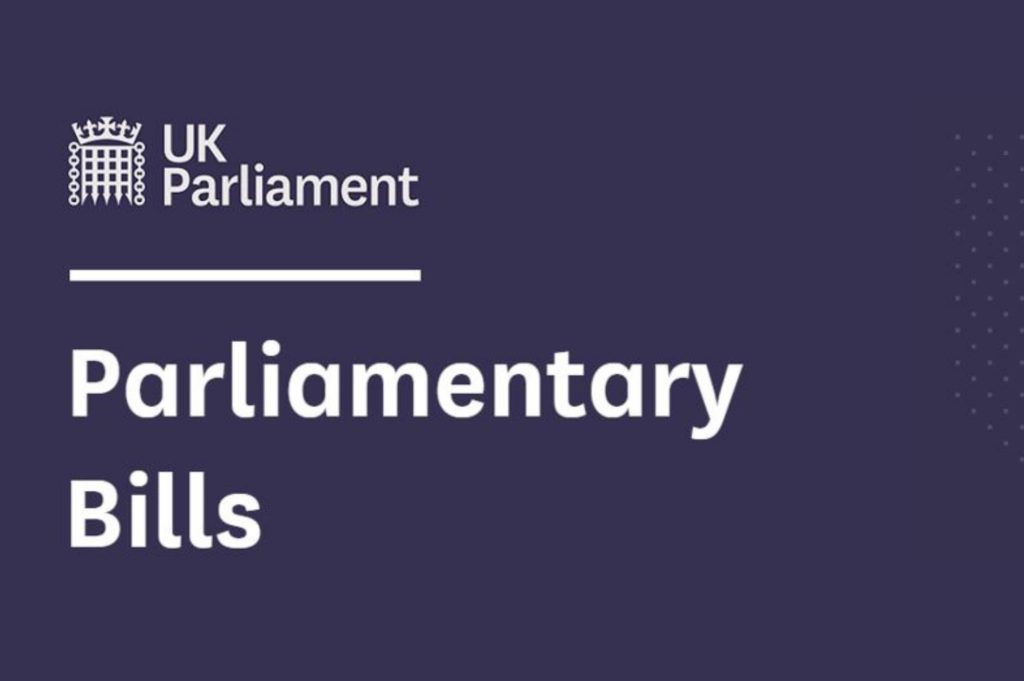Andrew Stock, part of the PDP Planning team, takes a look at the Environment Act, what it is and what it means for the planning system.
Almost two years after the Environment Bill had its first reading it has now been passed into law, becoming the Environment Act 2021. The Act will, amongst many other things, from November 2023 require all planning permissions larger than householder permissions to deliver 10% net gains in biodiversity as part of the overall development.
The Act makes provision for targets, plans and policies for improving the natural environment; for statements and reports about environmental protection; for the Office for Environmental Protection; about waste and resource efficiency; about air quality; for the recall of products that fail to meet environmental standards; about water; about nature and biodiversity; for conservation covenants; about the regulation of chemicals; and for connected purposes.
Tony Juniper, Chair of Natural England, commented that the Environment Act is the most ground-breaking piece of environmental legislation in many years and goes on to state that “For the first time an Act will set clear statutory targets for the recovery of the natural world in four priority areas: air quality, biodiversity, water and waste, and includes an important new target to reverse the decline in species abundance by the end of 2030.”
Biodiversity net gain (BNG) will aim to deliver measurable improvements for biodiversity by creating or enhancing habitats in associated developments. For a simple overview of biodiversity net gain, Natural England has produced a short video illustrating what biodiversity net gain is and how it can be achieved:
https://www.youtube.com/watch?v=sVR9VZYkMLc
A biodiversity metric will provide a means of assessing the changes in biodiversity value (losses or gains) brought about by development. The metric will establish the baseline condition of a site which will be important to establish whether a site can or cannot demonstrate 10% net gains in biodiversity on-site.
If there is no scope to provide the relevant net gains on-site then developers will be able to deliver off-site compensation through local habitat creation. The government is to establish a publicly available register of compensatory habitat sites for developers to offset any residual net gains, and where suitable local projects are not available the Environment Act allows investment into government biodiversity sites located nationwide.
It marks one of the first steps in the government’s overarching vision for leaving nature in a better state for the next generation, and to confirm the UK’s approach to environmental governance post-Brexit.
Full details of matters contained in the Environment Act 2021 can be found here:
Andrew Stock, Principal Planner, Planning & Design Practice Ltd



